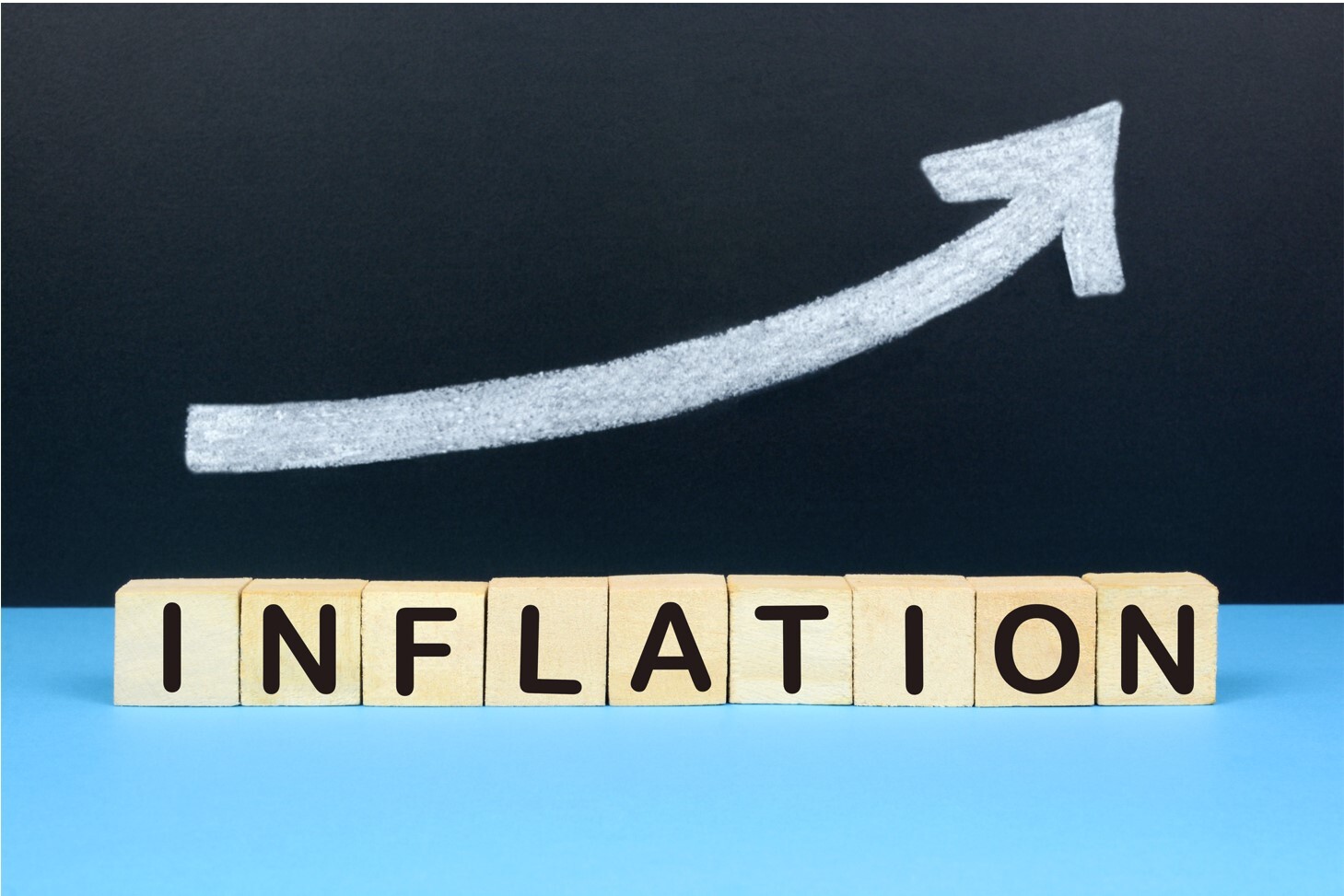Reports over the weekend that covid restrictions in Shanghai and Beijing were on the cusp of being relaxed, got equity markets in Asia and Europe off to a positive start to the week yesterday, as we come to the end of what has been another roller coaster month for markets.
The damage to the Chinese economy by the various restrictions imposed during May are no better illustrated by the latest manufacturing and non-manufacturing PMI numbers which showed another contraction in economic activity.
In April these fell to 47.4, for manufacturing and 41.9 for services. Today’s numbers showed a modest improvement in both with manufacturing at 49.6, while non-manufacturing, or services came in at 47.8, still firmly in contraction territory.
Asia markets have undergone a mixed session, in the aftermath of these numbers, and while things may be improving in the Chinese economy, the continued rise in oil prices is likely to act as a drag on economic activity, after EU leaders agreed a deal to block 90% of oil imports by the end of this year.
As a result of this drag, European markets look set to open cautiously lower.
Despite the challenges facing the UK economy retail sales rebounded strongly in April. House price growth also remained resilient despite rising inflationary pressures and 4 rate rises in succession from the Bank of England.
We’ve also seen consumer credit and mortgage lending numbers remain resilient throughout the first quarter of 2022, with net lending rising to £7bn in March and a six-month high. This picture could start to change with today’s April numbers, as a whole range of price and tax rises hit consumer incomes. Net lending secured on dwellings is expected to fall back to £5.7bn.
Net consumer credit has also recovered after a slow start to the year, coming in at £1.3bn in March, and is expected to remain steady at these levels in April.
As we look apprehensively ahead to Q2 the mortgage approvals numbers might start to show signs of slowing, while consumer credit numbers could go either way, rising as struggling consumers borrow more to pay for everyday items, or slowing as consumers tighten their belts and dip into savings.
When EU CPI pushed up to record highs of 7.5% in April, and with core prices at less than half of that at 3.5%, there had been some talk that inflation in the euro area was starting to plateau.
Given the CPI numbers that we saw from Germany and Spain yesterday, this view seems rather quaint, especially when considering what is happening with PPI prices, which are over 3 times higher. We also have the European Central Bank starting to prepare the markets for a possible 25bps rate hike at the July meeting in response to this inflation surge, however it’s doubtful that such a small move when rates are already negative at -0.5% will do that much good.
Headline CPI is already much higher in other parts of the EU. While it's lower in France, due to the French government capping energy prices, it’s still set to rise to 5.2% this morning, whereas in places like Estonia it's already at 18.8%, and 16.8% in Lithuania.
Given the huge jumps seen in both Spain and German CPI yesterday, today’s headline EU CPI number for May could well push above 8% this morning, thus making the ECB’s job in regaining credibility even more difficult. What price a 50bps rate move in July? Core prices are expected to rise from 3.5% to 3.6%, however it can only be a matter of time before core inflation starts to surge, as inflation becomes more embedded.
The return of US markets from the Memorial Day holiday is expected to see the latest US consumer confidence numbers for May show another decline, from 107.30 in April, to 103.80 and a 15-month low.
EUR/USD – pushing through trend line resistance from the highs this year, as well as the 50-day MA, potentially opening up a move towards 1.0850. Support comes in at 1.0640, and the 1.0530 area.
GBP/USD – continues to edge higher, holding above the 1.2600 area, as we look for a move towards the 1.2830 level. Only a move below 1.2550 undermines the case for further sterling gains. Below 1.2550 argues for 1.2470.
EUR/GBP – currently finding resistance at 0.8530. Still range bound within the wider range of 0.8200/0.8600. A move below 0.8470 retargets the 0.8420 area.
USD/JPY – still holding above the 50-day MA, with a break potentially opening a move towards the 123.00 area. Looks set for a move towards 128.30 area, having broken above trend line resistance from the highs this month.
Disclaimer: CMC Markets is an execution-only service provider. The material (whether or not it states any opinions) is for general information purposes only, and does not take into account your personal circumstances or objectives. Nothing in this material is (or should be considered to be) financial, investment or other advice on which reliance should be placed. No opinion given in the material constitutes a recommendation by CMC Markets or the author that any particular investment, security, transaction or investment strategy is suitable for any specific person. The material has not been prepared in accordance with legal requirements designed to promote the independence of investment research. Although we are not specifically prevented from dealing before providing this material, we do not seek to take advantage of the material prior to its dissemination.






